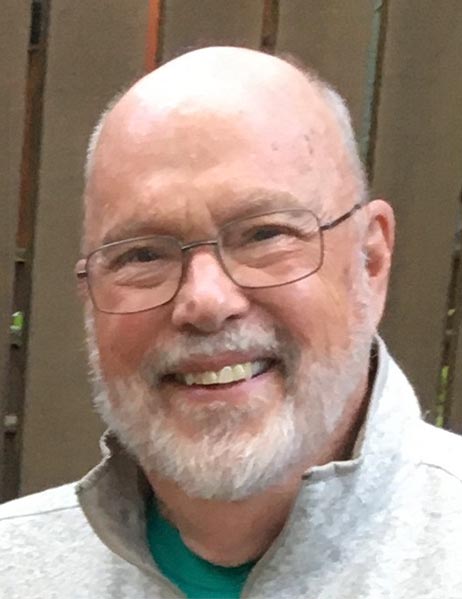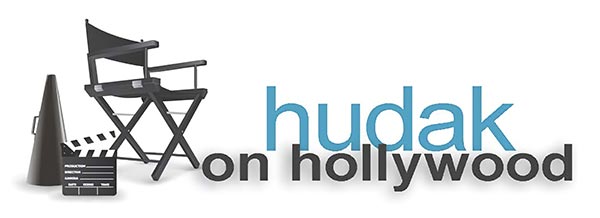John Leisenring

John Leisenring
Music History
Expertise:
Jazz & Rock n' Roll
Available for in-person lectures in:
Minneapolis
Available via Zoom?
No
To book John, e-mail:
dan@hudakonhollywood.com
Dr. John Leisenring is a long-time teacher and professional musician, having taught music for forty years, and performed as a trombonist for almost seventy years. Dr. Leisenring taught at the University of Texas-Austin, and the University of Missouri-Kansas City.
He has performed for some 20 years with the KC Opera Orchestra, the KC Ballet Orchestra, and as a jazz musician in some 20 states and nine foreign countries, including jazz festivals in Sydney, Melbourne, Berlin, Montreux, and Newport twice. John’s University teaching involved, among other coursework, classes in the History and Development of American Music: Jazz and Rock ‘n’ Roll.
Lectures include:
New Orleans Jazz Funerals and the roots of American Music
Just what IS Kansas City Jazz??
KC was a stopover for traveling bands, and the openness of the Pendergast Era provided an environment for growth for hundreds of musicians. From the Pla-Mor Ballroom with Andy Kirk and the Twelve Clouds of Joy through the Reno Club with Count Basie and Lester Young, American Music grew up to become the Art Music of the 40s and beyond.
Enjoy lots of musical examples, and lots of good Kansas City stories and legends.
The BIG BANG of American Music: Dance music becomes Art Music, and Rhythm ‘n’ Blues becomes Rock ‘n’ Roll.
Dancers love of Rhythm and Blues led to the emergence of Rock ‘n’ Roll in the 1950s. Black musicians dominate, but soon Sun Records, in Memphis, begins to record the “million-dollar quartet,” led by Elvis Presley, Jerry Lee Lewis and others. Rock and Roll gains wide acceptance beyond the African-American diaspora.
Enjoy lots of musical examples and vintage photographs. As Yogi Berra once may have said: “When you come to a fork in the road – take it.”
The Blues as a healing art
money grows on trees.
I don’t give a doggone if ma black soul leaves
COW COW DAVENPORT
Back to the sun-drenched cotton fields, where slaves communicated with each other or vented their feelings in formless and sometimes wordless cries, calls, field hollers, and arhoolies . . . .
Back to the railroad gangs, roustabouts, turpentine camps, and prison chain gangs where the call-and-response of worksongs and the percussive rhythms of hammers, axes, and tampers energized and “lightened” work . . . .
Back to the churches where spirituals served as overt expressions of religious fervor and covert songs of protest and freedom . . .
And on and on. The African-American diaspora was and is alive and well in the countless forms and formats of the Blues. All of these sounds and rhythms figure in the development of Rhythm ‘n’ Blues (and later Rock ‘n’ Roll).
A brief look at how jazz musicians improvise
Watch, and listen, to how to begin to improvise on the simplest of Blues harmonies. Learn basic musical language and apply it to the form and harmonic structure of the Blues.
This lecture must have a piano in the room – either electric or acoustic.
Lots of fun for instrumentalists and singers alike. And all can learn to hear more as listeners at concerts where jazz is being performed.
Are you ready to bring Hudak On Hollywood to your community?
Please e-mail dan@hudakonhollywood.com for additional information. We look forward to hearing from you!
